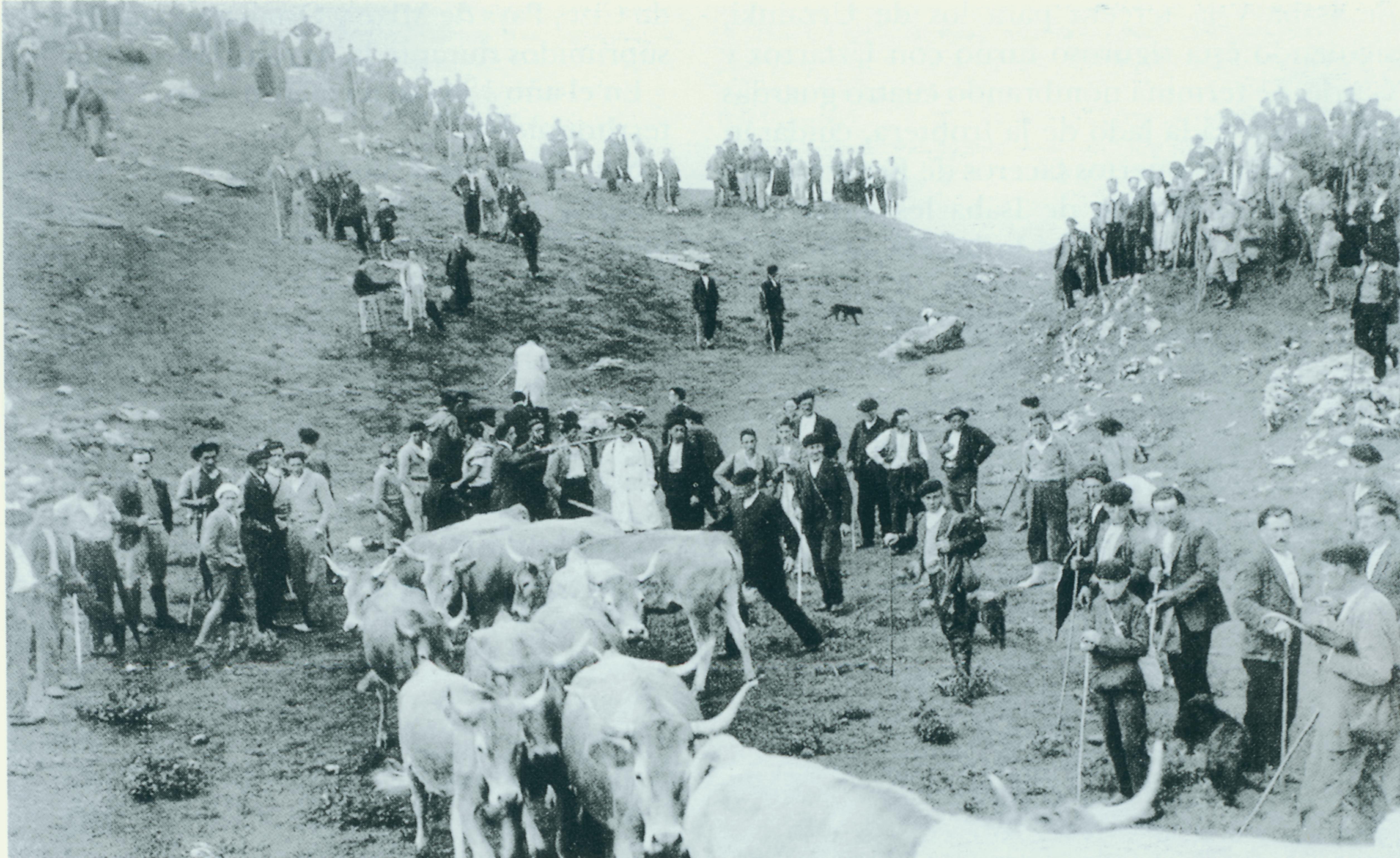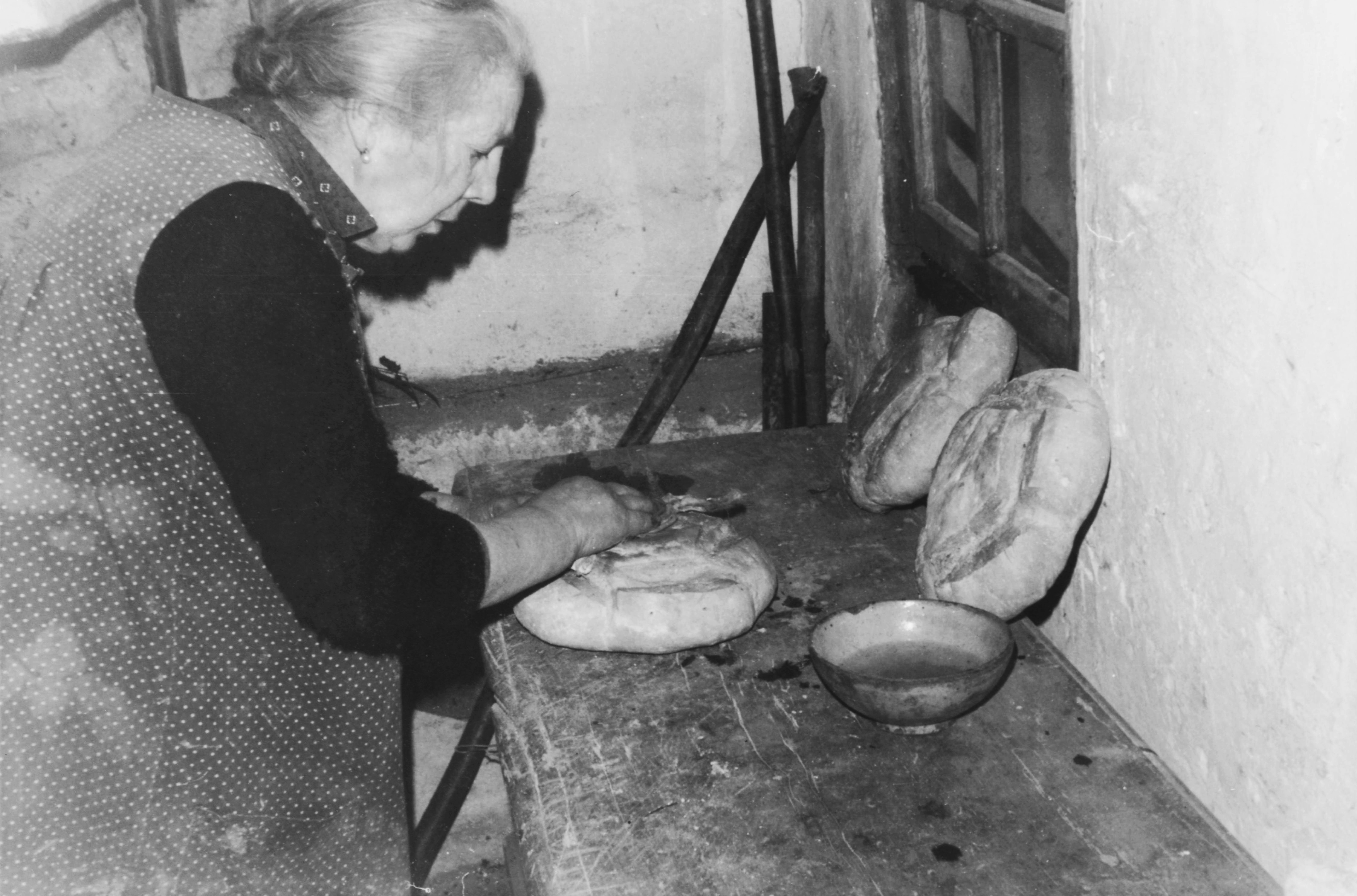Basque ethnography at a glance

Rabid dog. Dioscórides, Madrid, 1566. Euskal Biblioteka. Labayru Fundazioa.
In the modern society we live the figure of the so-called saludador (literally, a healer or health-giver) has no place. The very meaning of the term is strange to Spanish speakers. The Royal Spanish Academy (Real Academia Española, abbreviated as RAE), in its second entry, defines it as a trickster dedicated to heal or forestall rabies and other virulent diseases with their breath, saliva and certain charms and formulas (“Embaucador que se dedica a curar o precaver la rabia u otros males, con el aliento, la saliva y ciertas deprecaciones y fórmulas”). It stands out and draws our attention that a saludador should be defined as a trickster (direct translation of embaucador, the word used in the definition) or fraudulent pretender. As we know, rabies is most commonly transmitted to humans by an infected dog. It was a widespread belief that dogs eating too little were prone to contract rabies, and let us not forget, in former times, people were more exposed to bites from rabid dogs. (more…)
We buy and sell goods or provide and receive services by exchanging money. We do it every day. Trade and service delivery are part of the consumer society we live in and an essential driver for economic development.
In the traditional world, and particularly in rural areas where once in the past monetary transactions hardly ever occurred, bartering and provision of assistance among neighbours and relatives was customary. Human relationships were built upon mutual give and take. (more…)
The convenience of whether infants should be fed on maternal breast milk remains an issue for discussion nowadays. Experts seem to strongly recommend that mothers feed their children human milk because of the nutritional as well as immunological benefits it offers. In past times breast milk was in fact the only source of nutrition for babies during their first moments of life. (more…)

Tribute of the Three Cows at the Stone of St Martin chasm. Roncal Valley, c. 1930. Ojanguren Archive.
On a map borderlines mark the limits between regions and states. They are drawn tracing an imaginary line that connects a series of boundary markers and separates native land from foreign. What seemingly might be a mere distinction between cultures, from an ethnographic point of view is not quite that simple. Borderland cultures are never clear-cut and offer a whole range of possibilities. Multiple signs and symbolic rituals originate in border areas and develop to acquire solid tactical and human dimensions. (more…)



